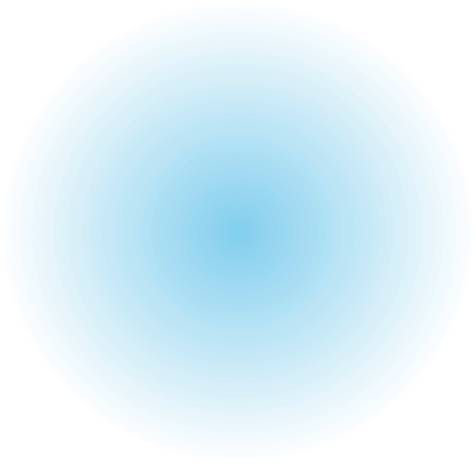
Introduction:
Over the past few years, the active LED digital screens market has experienced significant growth, leading to a proliferation of brands and suppliers. This expansion has created a diverse range of products at varying price points, resulting in a considerable knowledge gap regarding product identification and pricing.
To address this issue, our team has compiled comprehensive insights to assist you in making informed decisions.
Understanding the Market Dynamics:
The active LED digital screens industry in India is still emerging, in contrast to more mature markets like China and the US. It's important to note that while the technology is not locally manufactured, components, particularly modules, are predominantly sourced from China and assembled or fabricated into cabinets in India. Despite claims by some Indian companies to be original equipment manufacturers (OEMs), they primarily function as assemblers or fabricators.
Importance of Working with OEMs:
Collaborating directly with OEMs in China offers numerous benefits. It grants access to cutting-edge technology, ensures product quality and authenticity, maintains consistency in manufacturing, and provides direct OEM-backed warranties. OEM products undergo rigorous quality control processes, guaranteeing durability, longevity, and reliable performance.
With an in-house technical team, hardware challenges are swiftly addressed. Innovations are executed with materials sourced from the same batch, ensuring standardization and color accuracy. Utilizing robust materials like U-shield (Basically Undamaged) ensures durability, with over 15 years of expertise in the LED solutions industry.
Challenges in Product Quality:
A significant industry challenge arises from the abundance of subpar products imported from diverse origins, including refurbished modules. Suppliers frequently opt for modules from secondary markets to reduce expenses, resulting in quality and performance inconsistencies.
Customers may face problems such as color discrepancies, contrast ratio variations, diode malfunctions, premature product aging, and inadequate post-sales service. This issue is compounded by a lack of product knowledge and specialists.
Navigating Quality Groups:
Based on our observations and insights, we have categorized suppliers and products into four quality groups. We've assembled a reference table to aid in classifying both suppliers and the products our customers utilize.
To simplify matters, we've specifically concentrated on outdoor Active LED products for comparison and have broadly sorted them into four quality classifications. The key criterion for identifying these quality groups is the price point at which they are offered to our customers.

OEM Products:
These items are directly procured from OEMs in China, guaranteeing top-notch quality, cutting-edge technology, and warranties backed by the OEM. They deliver exceptional performance, durability, and uniformity. Premium quality products are accompanied by OEM-backed warranties. These screens are designed to be compatible with leading controller companies, ensuring the use of industry-leading calibration technology.
Mid-range Quality:
Products in this category are slightly lower in quality compared to OEM products but may not come with established OEM warranties. They may still offer satisfactory performance but with some risk of inconsistency and premature aging. They are good to consider if there is a signed SLA for the warranty offered.
Refurbished or Secondary Market Products:
These items are sourced from secondary markets or feature refurbished modules, carrying notable risks regarding quality, performance, and lifespan. They are susceptible to issues such as color inconsistencies, diode malfunctions, and premature aging.
With uncertain origins and lacking clear quality assurance, products in this category pose the highest risk to customers. Their performance may be unpredictable, making them advisable to avoid.
Conclusion:
When navigating the active LED digital screens market, prioritizing quality and authenticity is paramount. Direct collaboration with OEMs guarantees access to premium products known for their reliable performance and backed by warranties.
Customers must be vigilant when engaging with suppliers offering products of uncertain origin or dubious quality, as they risk facing issues that could undermine the durability and performance of their investment.
By understanding the nuances of product quality and sourcing, stakeholders can make informed decisions and mitigate risks in this dynamic industry landscape.
Recent blogs
Most Recent blogs

What Is Digital Signage? How It Can Help Your Business
Discover what digital signage is, how it works, and why it's revolutionizing communication across industries. Explore its key benefits, real-world applications, and how to get started.
Read More
Outdoor DIGITAL Displays : A Comprehensive Guide
Explore our expert guide to outdoor digital displays—featuring key features, benefits, pricing insights, and 2025 trends to help you choose the ideal digital signage solution for your brand.
Read More
6 Reasons Why You Need a Portable Digital Standee Today
Discover 6 powerful reasons to choose a portable digital standee enhance visibility, reduce costs, and captivate your audience with dynamic digital signage.
Read More
How Digital Display Boards Improve Internal Communications
Explore how digital display boards transform internal communication by providing real-time updates, increasing employee engagement, and promoting transparency in the workplace across various industries.
Read More
The Power of Digital Signage in Showcasing Achievements
Explore the brilliance on our campus! Our blog, 'Campus Achievements: Showcasing Success,' highlights the achievements of students, faculty, and staff – from groundbreaking research to outstanding performances. Join us in celebrating excellence and inspiring future successes!
Read More






